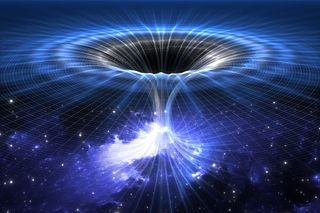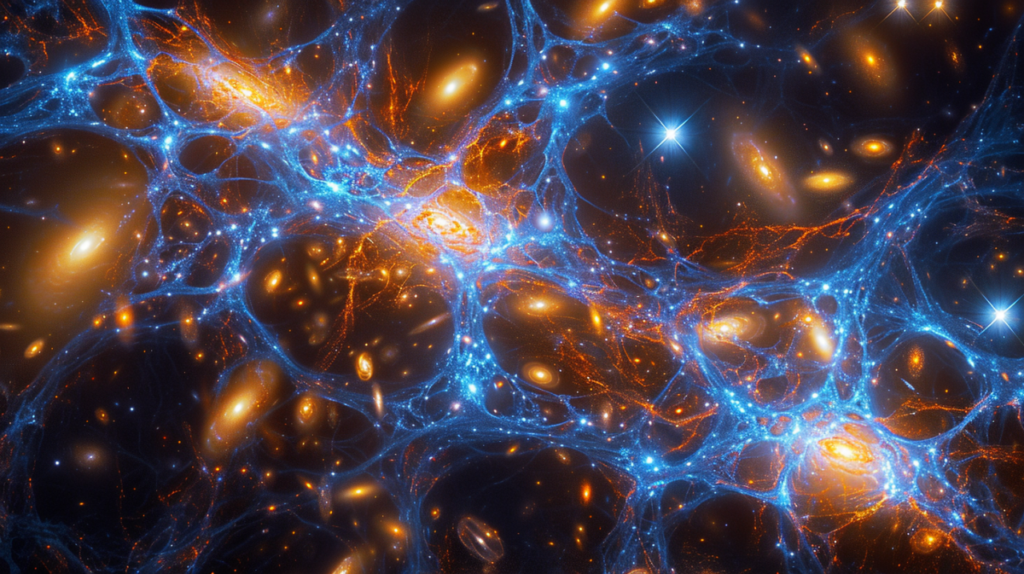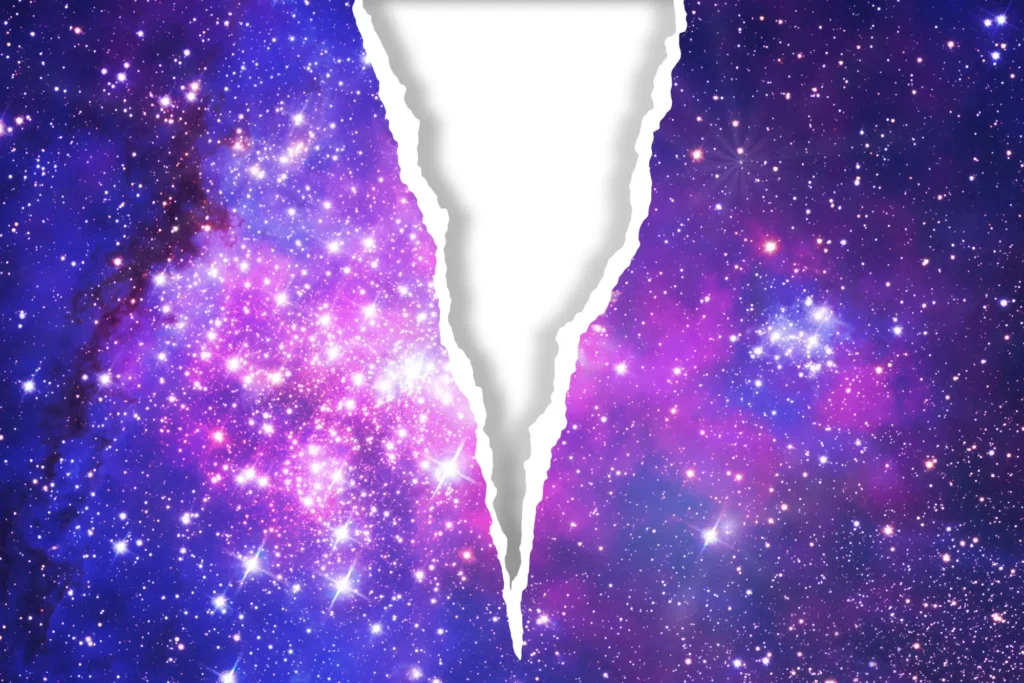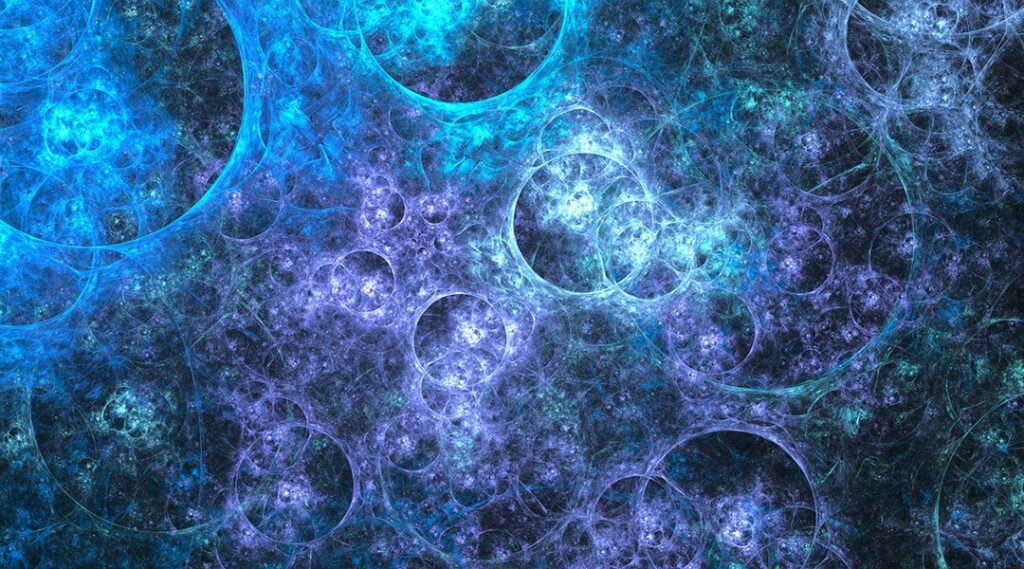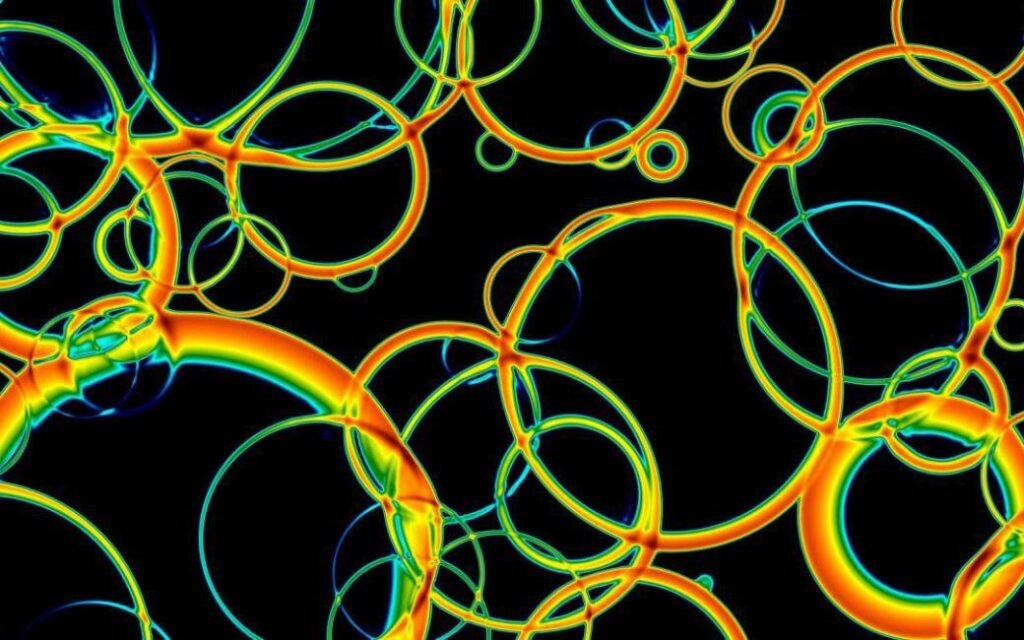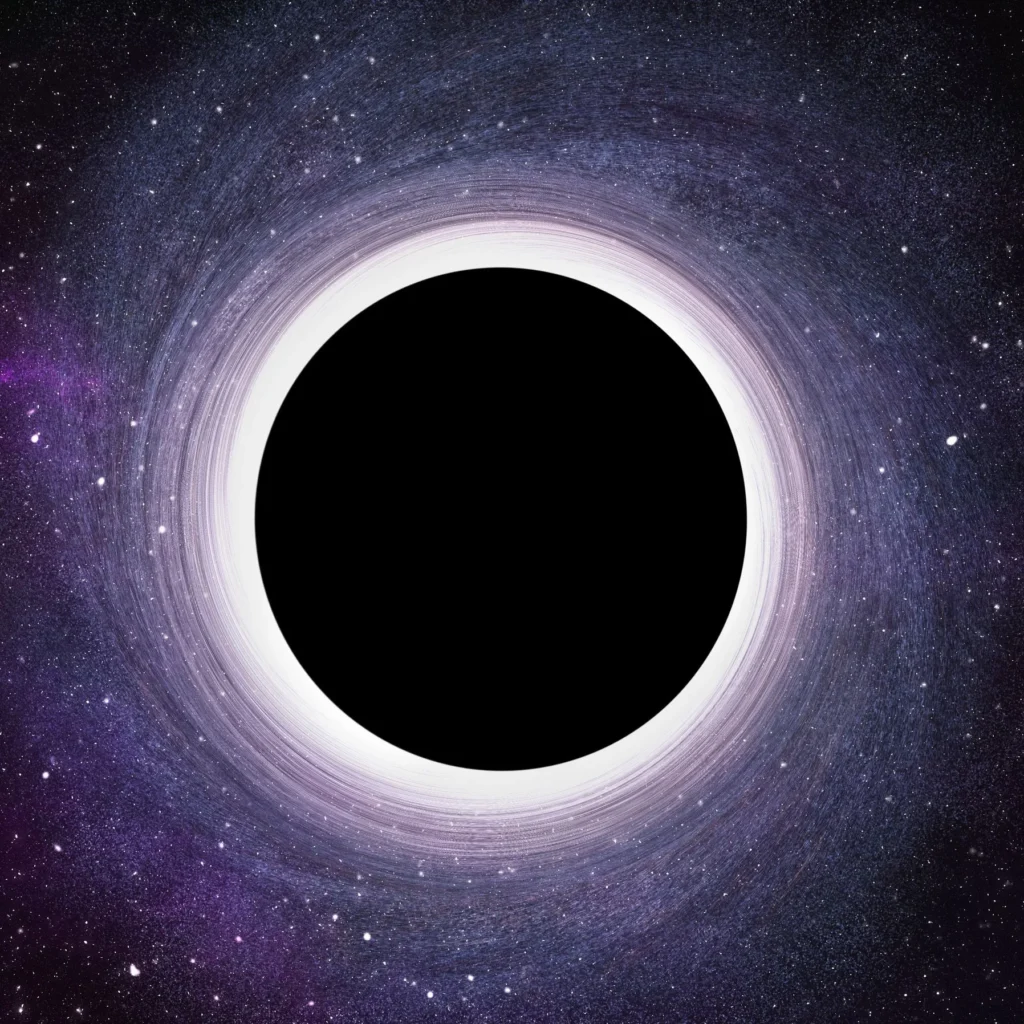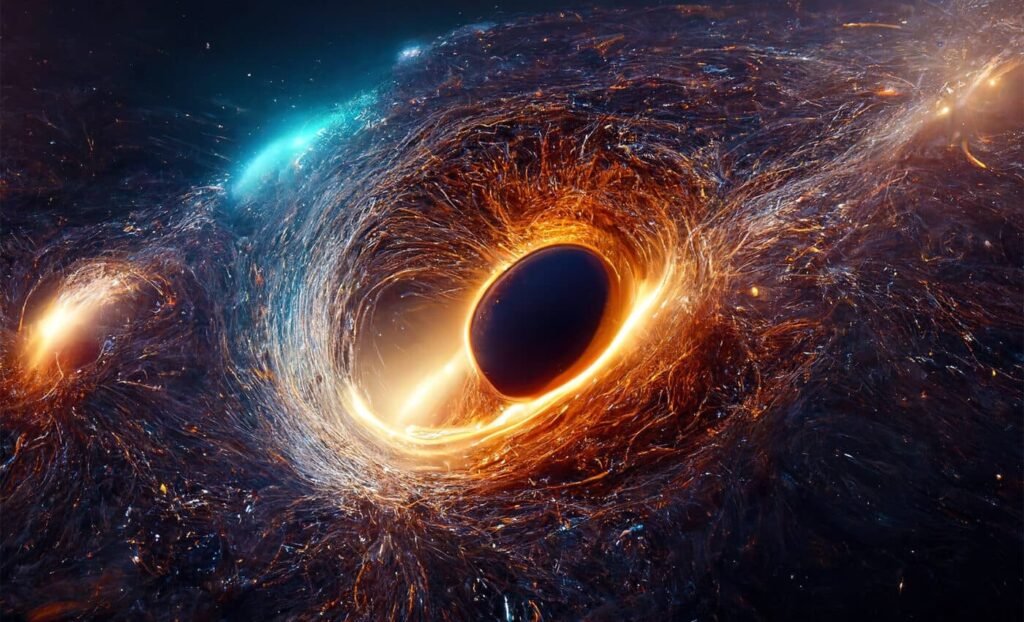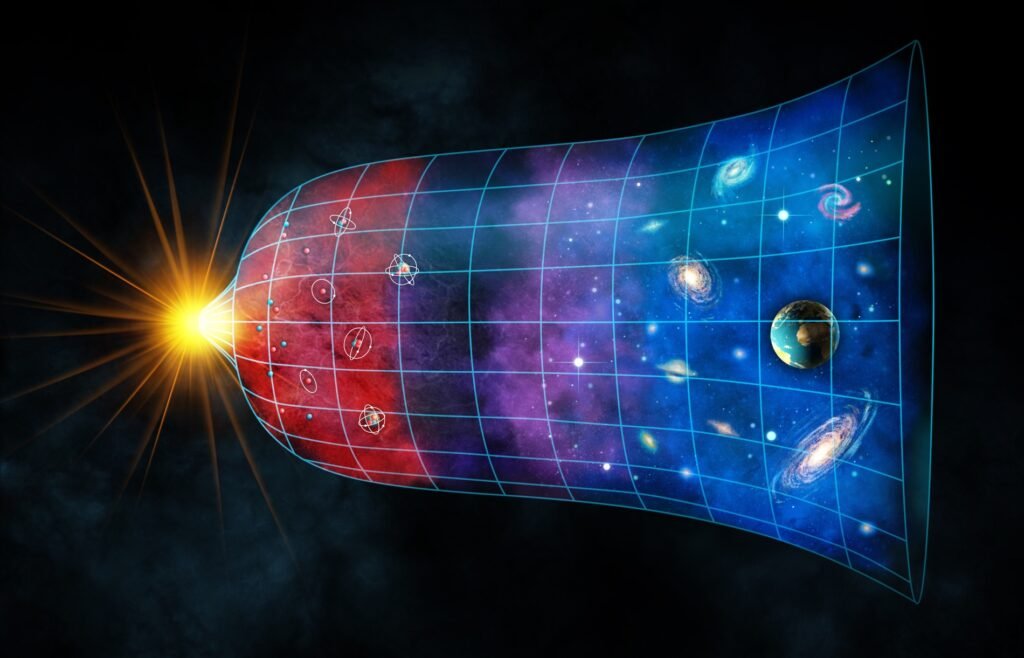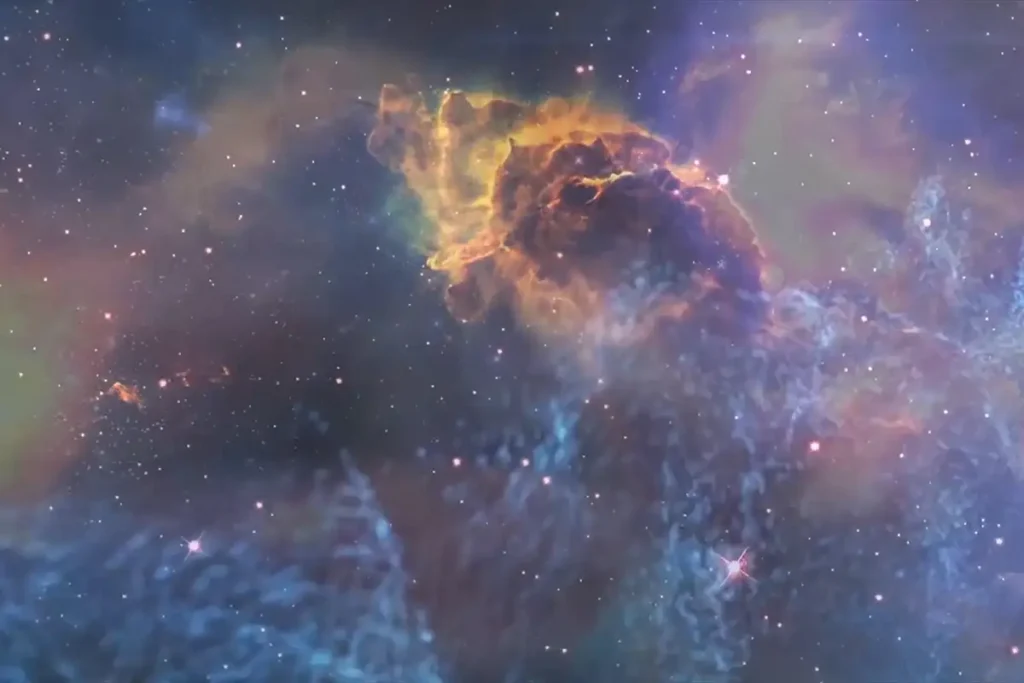Memahami Konsep Geometri Fraktal yang Memesona – Geometri fraktal adalah salah satu cabang matematika yang mengeksplorasi bentuk dan pola yang berulang dalam skala yang semakin kecil. Konsep ini diperkenalkan oleh matematikawan Benoit Mandelbrot pada tahun 1975, dan sejak saat itu telah menarik perhatian banyak ahli di berbagai bidang, seperti seni, ilmu komputer, dan fisika. Fraktal dapat ditemui di alam, seperti pola daun, struktur batu karang, hingga bentuk salju. Artikel ini akan membahas konsep dasar fraktal, ciri-ciri uniknya, peran fraktal dalam seni dan ilmu pengetahuan, serta aplikasi modern fraktal.
Apa Itu Geometri Fraktal?
Fraktal adalah pola yang berulang dengan bentuk yang kompleks namun memiliki kesamaan pada setiap skala. Ini disebut “self-similarity” atau keserupaan-diri, di mana struktur besar dan kecilnya terlihat serupa.
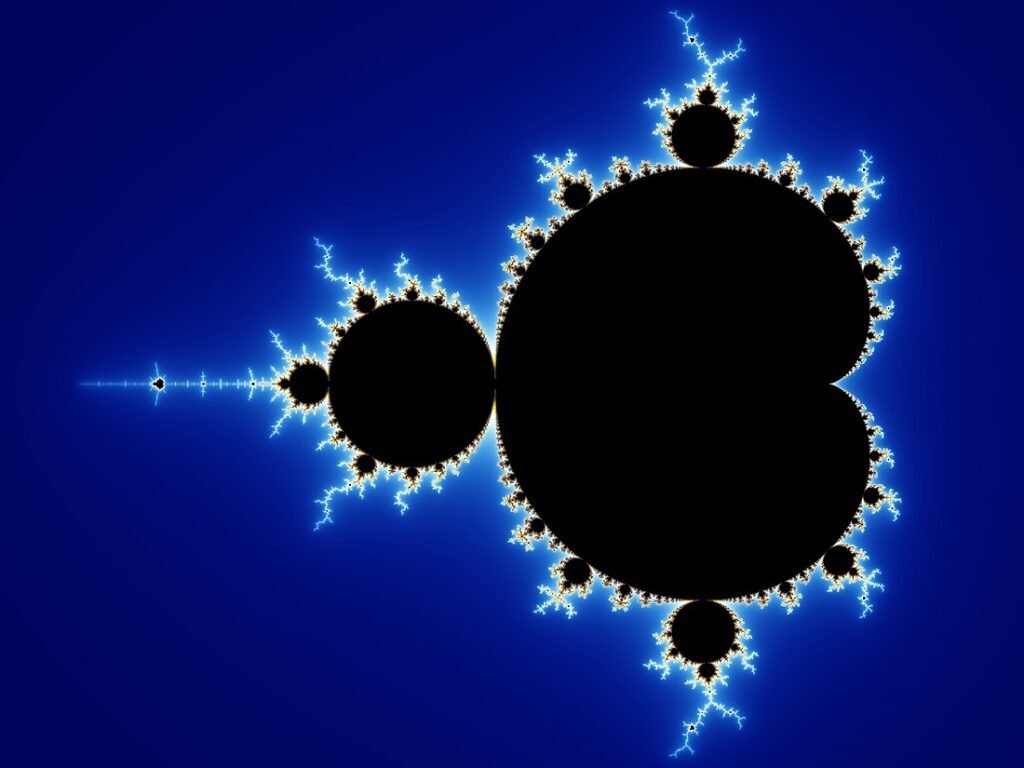
Konsep ini berbeda dengan geometri konvensional, seperti garis lurus atau lingkaran, karena fraktal memiliki dimensi yang tidak biasa, atau sering disebut dengan “dimensi fraktal.” Dimensi ini mengukur kompleksitas bentuk yang dihasilkan fraktal, yang sering kali tidak dapat direpresentasikan hanya dalam dua atau tiga dimensi.
Ciri-ciri Unik Fraktal
Fraktal memiliki beberapa ciri utama, yaitu ketakterbatasan, keserupaan-diri, dan kompleksitas. Ketakterbatasan berarti bahwa fraktal dapat dibagi menjadi bagian-bagian yang lebih kecil tanpa akhir. Keserupaan-diri adalah ciri fraktal yang membuatnya terlihat serupa di berbagai tingkat pembesaran. Kompleksitasnya berasal dari pola yang terlihat rumit namun mengikuti aturan sederhana. Misalnya, pola fraktal seperti “Pohon Pythagoras” atau “Segitiga Sierpinski” memiliki pola berulang yang sama pada berbagai skala.
Fraktal dalam Seni dan Sains
Fraktal telah menginspirasi banyak seniman dalam menciptakan karya yang memukau, terutama dalam seni digital. ini dapat menghasilkan gambar yang indah dan penuh detail yang menciptakan ilusi tak berujung. Di dunia ilmu pengetahuan, fraktal sering digunakan untuk memahami fenomena kompleks seperti struktur jaringan darah, pola cuaca, hingga pergerakan pasar saham.

Geometri fraktal juga membantu dalam simulasi komputer untuk memodelkan alam semesta, menghasilkan pola alami, dan mereproduksi bentuk-bentuk alami.
Aplikasi Modern Fraktal
Dalam dunia modern, fraktal telah memiliki berbagai aplikasi, terutama dalam bidang teknologi. Di bidang telekomunikasi, fraktal digunakan dalam pembuatan antena yang efisien dengan ukuran lebih kecil. Selain itu, fraktal juga digunakan dalam teknologi pemetaan untuk menghasilkan peta dengan detail lebih baik, termasuk dalam teknologi pemetaan permukaan Mars. Fraktal juga memiliki peran penting dalam dunia game, di mana ia digunakan untuk membuat lingkungan yang realistis dalam game dengan pola yang dinamis dan kompleks.
Kesimpulan
Fraktal bukan hanya sebuah konsep matematika yang rumit, namun juga sebuah fenomena yang memperlihatkan keindahan dan kompleksitas alam. Dengan memahami konsep geometri fraktal, kita bisa melihat bahwa pola yang berulang ini ternyata banyak ditemukan di kehidupan sehari-hari. Geometri fraktal memberikan wawasan baru dalam berbagai bidang ilmu, mulai dari seni hingga teknologi, serta menginspirasi berbagai aplikasi yang semakin berkembang dalam kehidupan modern.



